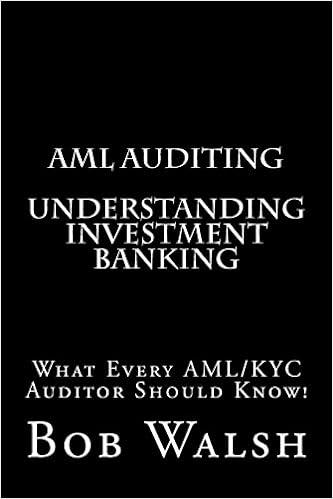Question
Woodland Industries manufactures and sells custom-made windows. Its job costing system was designed using an activity-based costing approach. Direct materials and direct labor costs are
Woodland Industries manufactures and sells custom-made windows. Its job costing system was designed using an activity-based costing approach. Direct materials and direct labor costs are accumulated separately, along with information concerning three manufacturing overhead cost drivers (activities). Assume that the direct labor rate is $14 per hour and that there were no beginning inventories. The following information was available for 2016, based on an expected production level of 45,700 units for the year, which will require 219,000 direct labor hours:
| Activity Cost Driver | Budgeted Costs for 2016 | Cost Driver Used as Allocation Base | Cost Allocation Rate | |||||||
| Materials handling | $ | 48,180 | Number of parts used | $ | 0.22 | per part | ||||
| Cutting and lathe work | 2,163,720 | Number of parts used | 9.88 | per part | ||||||
| Assembly and inspection | 4,511,400 | Direct labor hours | 20.60 | per hour | ||||||
The following production, costs, and activities occurred during the month of July:
| Units Produced | Direct Materials Costs | Number of Parts Used | Direct Labor Hours |
| 3,380 | $101,500 | 2,677 | 13,500 |
PART A IS CORRECT
Required:
a. Calculate the total manufacturing costs and the cost per unit of the windows produced during the month of July (using the activity-based costing approach). (Round "Cost per unit produced" to 2 decimal places.)
| ||||||||
NEED HELP WITH PART B
b. Assume instead that Woodland Industries applies manufacturing overhead on a direct labor hours basis (rather than using the activity-based costing system previously described). Calculate the total manufacturing cost and the cost per unit of the windows produced during the month of July. (Hint: You will need to calculate the predetermined overhead application rate using the total budgeted overhead costs for 2016.) (Round "Cost per unit produced" to 2 decimal places.)
| ||||||||
Step by Step Solution
There are 3 Steps involved in it
Step: 1

Get Instant Access to Expert-Tailored Solutions
See step-by-step solutions with expert insights and AI powered tools for academic success
Step: 2

Step: 3

Ace Your Homework with AI
Get the answers you need in no time with our AI-driven, step-by-step assistance
Get Started


